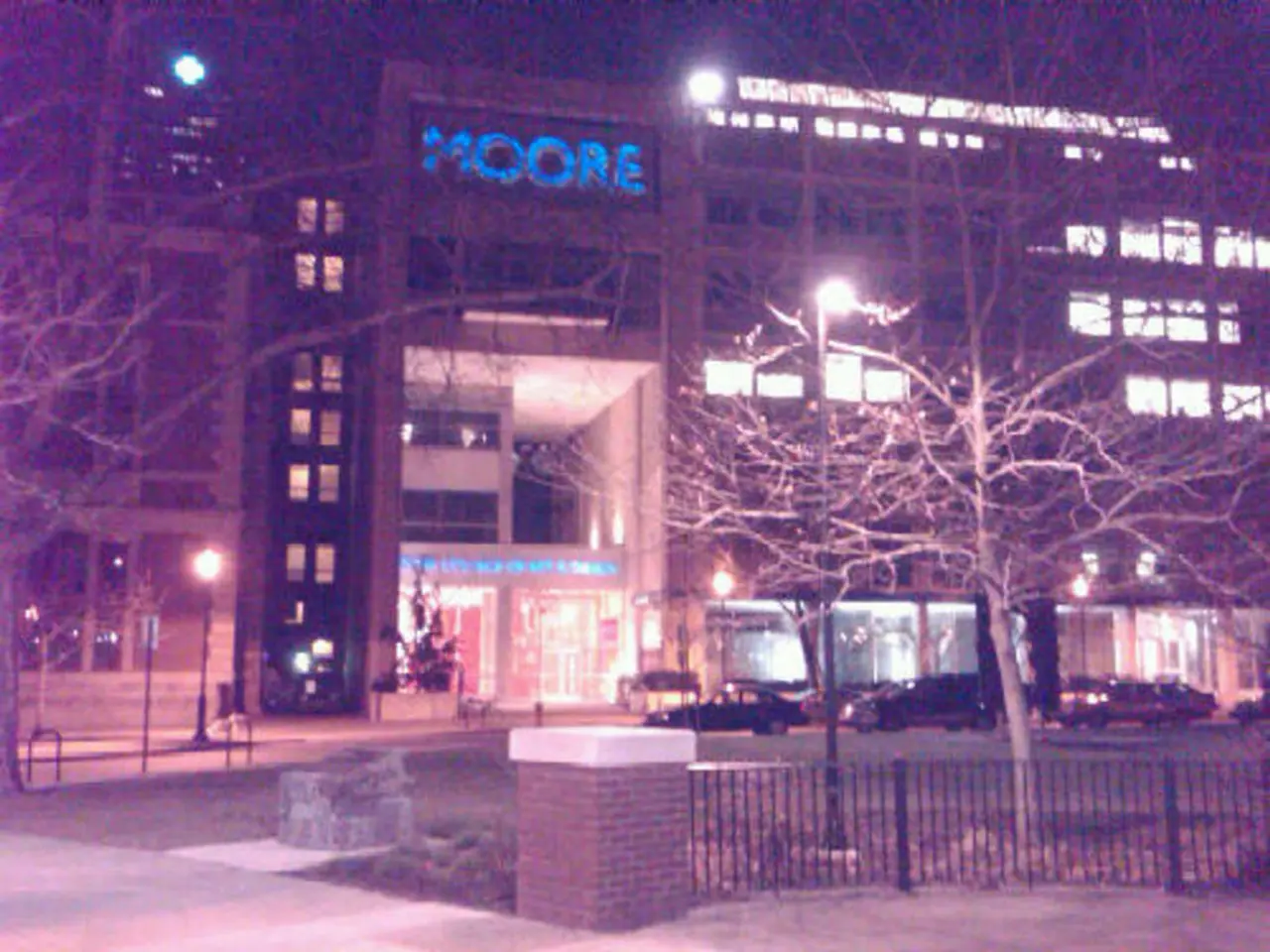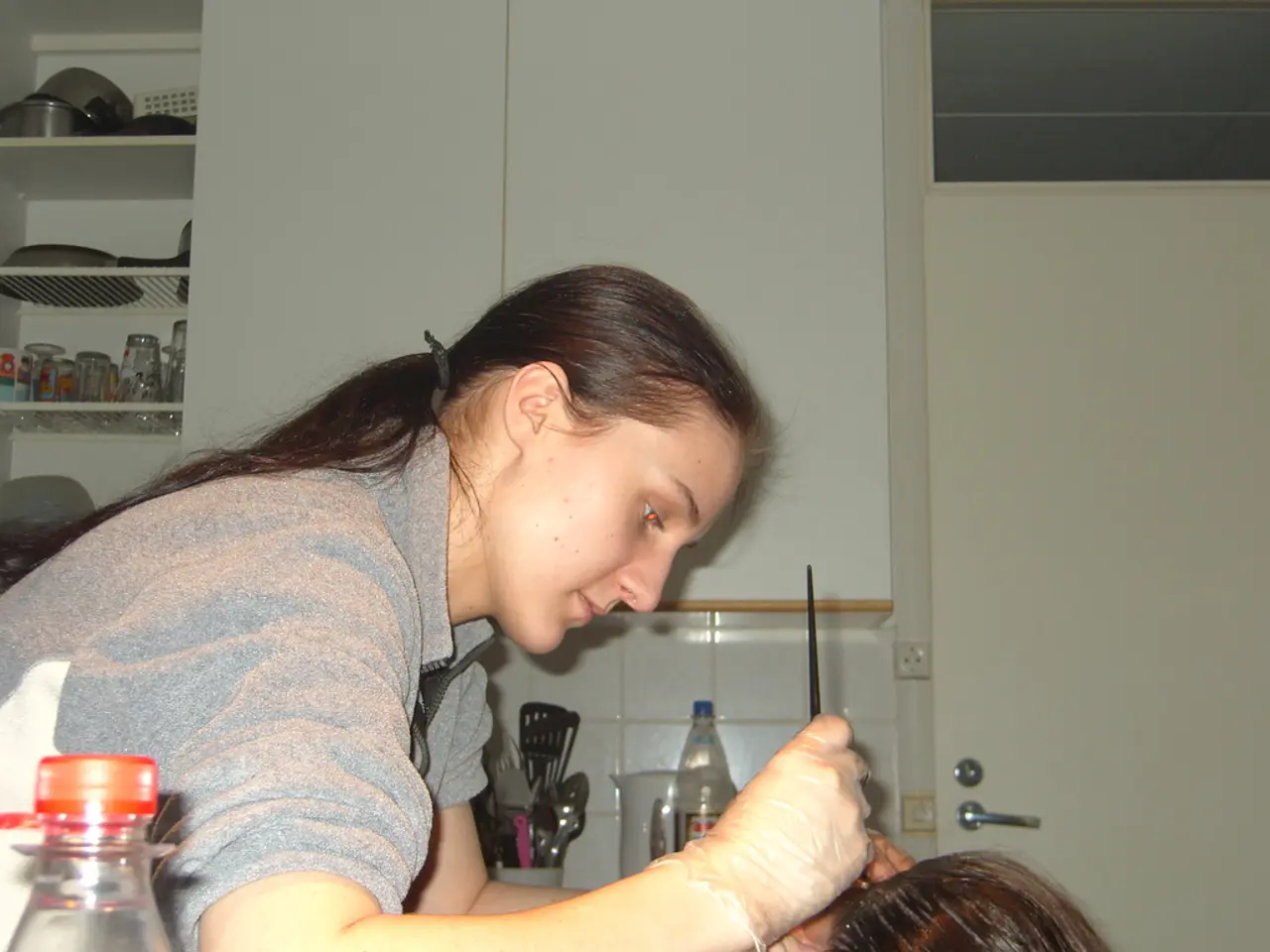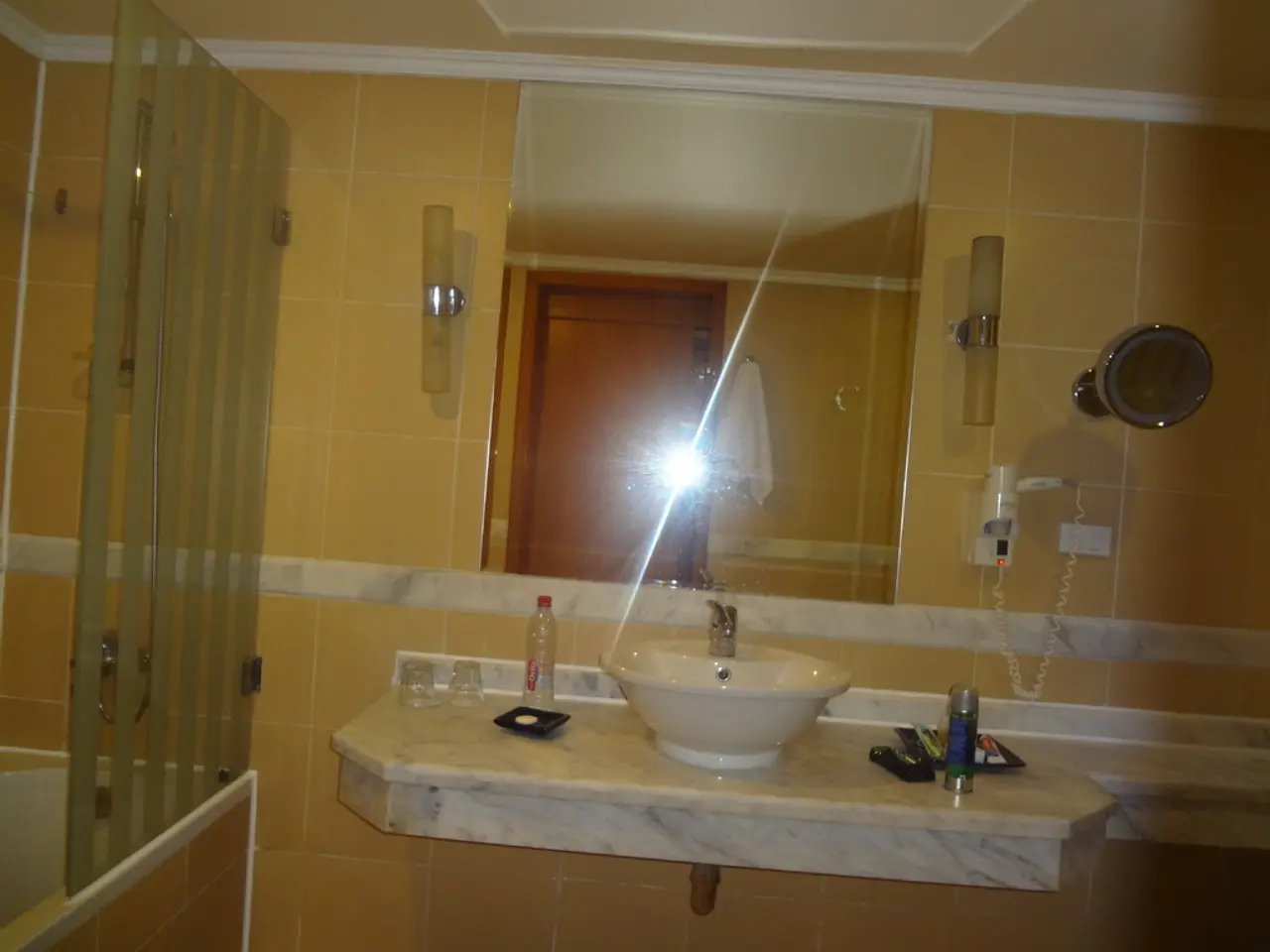Exploring an Unusual Medical Facility: Toyota-Run Hospital with Entire Staff of Employees
In a unique move that's rare among Japanese hospitals, Toyota Memorial Hospital in Toyota City has established an on-site workshop to create and improve medical equipment, directly applying the Toyota Production System (TPS) and Kaizen philosophy within the healthcare setting. This innovative approach has significantly enhanced operational efficiency and patient care quality.
Since the transfer of General Manager (GM) Yoji Akiba from the carmaking industry to the hospital in 2018, the TPS/Kaizen Promotion Group has grown from a one-man operation to a team of eight. The core objective of this workshop is to adapt TPS and Kaizen principles, which focus on eliminating waste, continuous improvement, and efficient workflow, to the hospital setting.
The on-site workshop allows staff to quickly develop and modify medical equipment tailored to specific clinical needs, removing delays tied to external suppliers. This hands-on capability supports continuous improvement (Kaizen) as frontline workers can directly participate in refining tools and workflows.
Moreover, the workshop fosters a culture of collaboration, with healthcare teams, patients, and support persons engaging in improving processes together. This teamwork contributes to better communication and patient outcomes.
Addressing resource limitations, similar to those faced by district hospitals with limited infrastructure and equipment, the in-house workshop helps Toyota Memorial Hospital mitigate supply and training deficiencies by producing and improving devices locally.
The workshop's innovations extend beyond medical equipment. For instance, the hospital uses Kanban cards to manage supplies, making it easy to find items or see which stocks need replenishing. Additionally, large shelves in the delivery room corridor were custom-made, reducing time spent fetching items. Custom-built shelves in the delivery room corridor are also equipped with stoppers to prevent them from falling over in an earthquake.
To further optimize efficiency, the hospital uses robots to eliminate unnecessary night shift work, saving more than 200 hours per year. Medical equipment storage locations have been optimized based on frequency and order of use, eliminating wasted time before and after surgeries. Even simple innovations, such as doors mounted on certain shelves for hygienic storage of sanitary items, reduce expenses compared to buying new.
Karakuri devices, which use slopes to make moving heavy objects easier, have been incorporated throughout the facility. These devices, inspired by traditional Japanese mechanics, embody the hospital's commitment to efficiency and waste elimination.
Toyota Memorial Hospital, a vast facility with 1,256 employees and 527 beds, supports the region's healthcare services by looking after patients from the local community. GM Akiba expressed pride in contributing to the local community, having spent many years honing his skills in the carmaking genba.
Since moving to the new ward about a year and a half ago, the hospital's workshop has produced more than 600 items, resulting in around 15 million yen in cost savings. Custom-made carts for trash disposal were created, eliminating not only waste but also stress. Delivery room screens are also custom-made using materials from the hospital's workshop, based on ideas from midwives.
In summary, the on-site workshop embodies TPS and Kaizen by fostering a culture of continuous improvement, efficiency, and innovation, directly impacting both operational performance and quality of care at Toyota Memorial Hospital.
- The on-site workshop at Toyota Memorial Hospital, emulating the Toyota Production System (TPS) and Kaizen philosophy, works towards extending these principles to the healthcare setting, focusing on medical-conditions, health-and-wellness, and workplace-wellness, by creating and modifying medical equipment specific to clinical needs.
- The custom-made shelves in Toyota Memorial Hospital's delivery room corridor, a result of the on-site workshop, not only optimize workflow (efficiency) but also ensure safety during earthquakes, demonstrating a commitment to both health-and-wellness and workplace-wellness.




